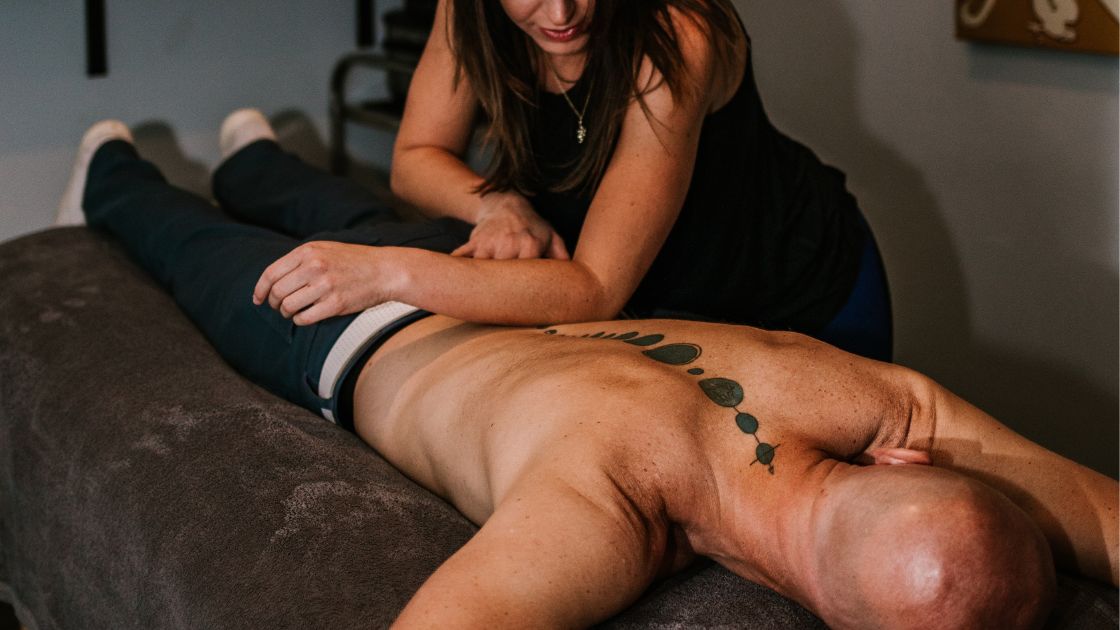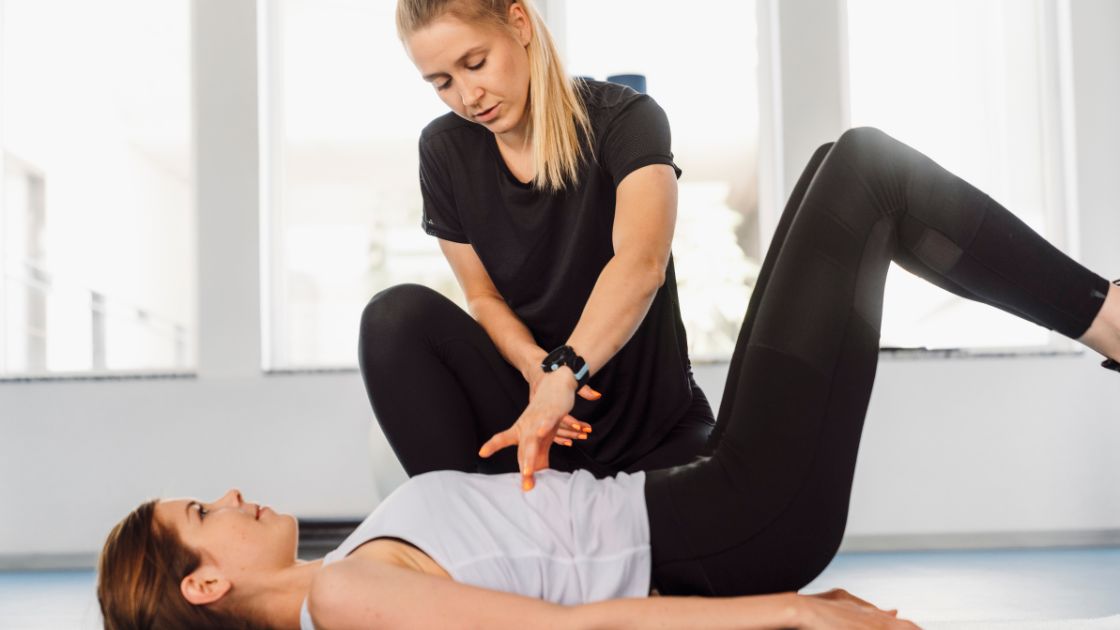The Stressors We Keep Part 1: How Physical Stress Impacts Us

One day Sherry walked into Bessel van der Kolk’s psychiatry office with shoulders slumped and scabs on her forearms. She had experienced childhood and adulthood trauma, and had developed the habit of picking at her skin to distract from feeling numb. Her life was joyless and bleak so she sought help from numerous mental health professionals and was even involuntarily hospitalized. She felt disconnected from her body.
What is a Stressor?
Although this story is certainly a more extreme example of stress, we can often forget that though stress is an invisible force, it can tangibly alter our bodies every single day. When a stimulus evokes a biological response, it is called a stressor. Much of the stress response begins in the central nervous system (CNS) to help us survive. Your CNS can respond to these stressors by increasing oxygen supply to muscles, dilating pupils for improved vision, shutting down the digestive tract and secreting adrenaline for immediate energy. If your body is not under attack, you will experience internal repair.
What Are the Effects of These Stressors?
Stressors can be external or internal. External stressors might be a career shift, a new relationship, or a move. An internal stressor often arises in response to an external one such as anticipation, worry, or frustration. If these stressors are allowed to linger for extended time periods, our bodies will feel stretched like a rubber band, and eventually begin to wear out in sections. Mayo Clinic reports that a few common effects of stress on the body are headaches, muscle tension/pain, stomach upset, and sleep problems. [1] These are all signs of the rubber band starting to fray. If left unchecked, these over-the-counter issues can lead to major dysfunctions such as heart disease, high blood pressure, and diabetes.
What to Do About It?
The simplest on-the-go practice that you can apply for internal restoration is deep breathing. When your CNS is defending you from a perceived threat, your heart rate and breathing increase for a quick supply of oxygen. Thus, when you voluntarily deepen and slow your breathing, you are raising a white flag.
This can be practiced during that difficult family meal or even in the midst of rush hour. Take a slow, belly-inflating inhale to the count of 4, pause for a count of 4, and exhale to the count of 6. Repeat a few times, knowing you’ve just signaled your body to begin its restorative work.
Join me in the Part Two of this article where we will discuss how our emotions impact our bodies, what options we have for stress-reduction, and finally find out what happened with Sherry.
Written by: Emily Arnold, LMT
Photo Credit: Canva
[1] “How Stress Affects Your Body and Behavior.” Mayo Clinic, Mayo Foundation for Medical Education and Research, 4 Apr. 2019, https://www.mayoclinic.org/healthy-lifestyle/stress-management/in-depth/stress-symptoms/art-20050987.





